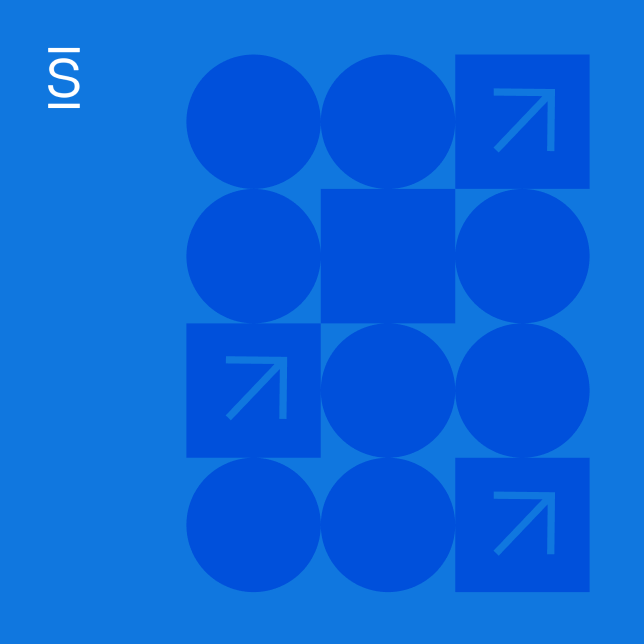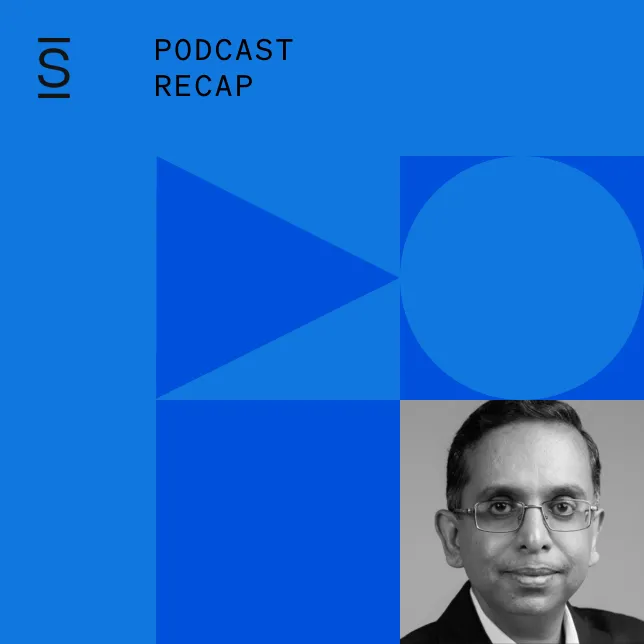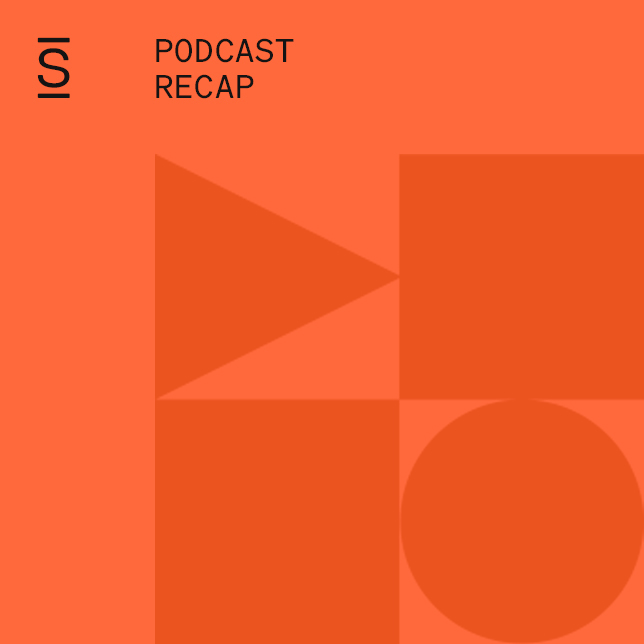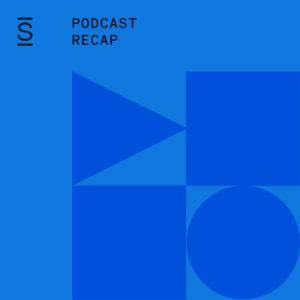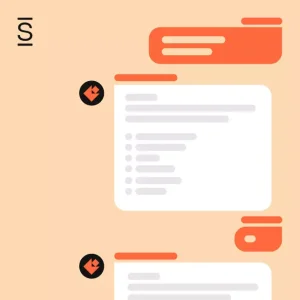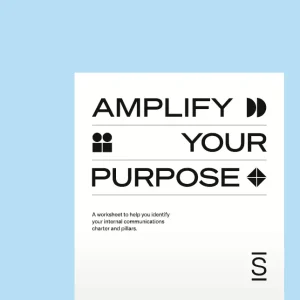In this episode of the Cohesion Podcast, Amanda met with Rajamma Krishnamurthy, Sr. Director of HR Technology at Microsoft. There is a theme emerging among the podcast interviewees. Before entering their current field, they have a diverse range of education and employment experiences. In the case of Rajamma, she was a mathematics student with graduate studies in operational research, a form of applied mathematics and computer technology. How does that translate into Human Resources? It is a very creative story.
Those following their passion in life will search for a workplace that feeds that need for ingenuity and innovation. That is what happened with Rajamma. She was working as a developer when she was drawn into HR. The ability to work with people and understand the problems of being an employee added value to her life and career.
“I liked being a developer,” Rajamma said. “It’s instant gratification when you finish your code, but it’s even more gratifying when you’re able to kind of balance between technology and HR. So, I became a product owner or a product leader in HR technology. Now I’m kind of balancing both the understandings of how human resources work. What employee’s needs are, and what the technology advancements are, and I make sure that both of them meet in the right way.”
Microsoft’s internal technology arm is called Microsoft Digital, and its emphasis is on the experiential. Even their HR is referred to as “Employee Experience.” They address the physical and digital employee experiences across the organization. Rajamma’s team oversees the employee experience from onboard to offboarding. Their aim is to put the employee experience at the forefront.
Rajamma emphasized that you cannot separate the employee experience from the overall company culture. To understand how effective employee experience is on company culture, you need to utilize data feedback. No matter the field or business, even if the company centers on technology for digital transformations, the needs are the same—there is a human being with the need to focus on work.
Culture helps the employee keep that focus while supplying them with an environment of support and encouragement. To maximize the productivity of the human employee, they believe you must utilize data to reveal the employee’s deeper needs at a larger scale. Rajamma believes everything begins with data regarding employee experiences. Data is not information and numbers. Data is a form of listening.
She described this type of listening as “ears to the ground” through various techniques, such as communication, daily pulses, and polls. Data gives insights into employee needs. The organization’s research arm consumes the information retrieved from employees and gives an idea of what programs can be designed and applied to the demand. Creating a work environment where employees give to the company and ask what the company can give back to them.
If the company’s processes are not working together to accomplish this goal, Rajamma suggests stepping back and refocusing on outcomes and what business values you want to drive. Through listening to employee feedback, their voice will guide you through this process. And data will help you stay one step ahead of trends to facilitate a better employee experience, especially in the virtual work environment.
All the information gathered through research lets your leadership know if your efforts contribute to how employees feel. Are they feeling good about contributing, and are they still wanting to work for your company? Rajamma said that this experience adds to what is called “The Great Reshuffle.” Microsoft researched, and it found that over 30,000 employees in 31 countries, or 41% of their staff, are considering an employer change this year.
With almost 50% of the employee population contemplating a move, Microsoft’s data gives companies hope. Through due diligence and research, you can find what your talent needs and wants to ensure you keep them engaged in the workplace.
Looking to the future, Rajamma believes it looks bright by improving the employee experience and, thus, productivity and workflow. Much of her insights are based on what she would want from her own work environment. Want to know more? The details are in the podcast.
Listen to the Cohesion Podcast available on Simpplr’s website, Apple Podcasts, and Spotify to learn how to improve technology and the human employee experience.







